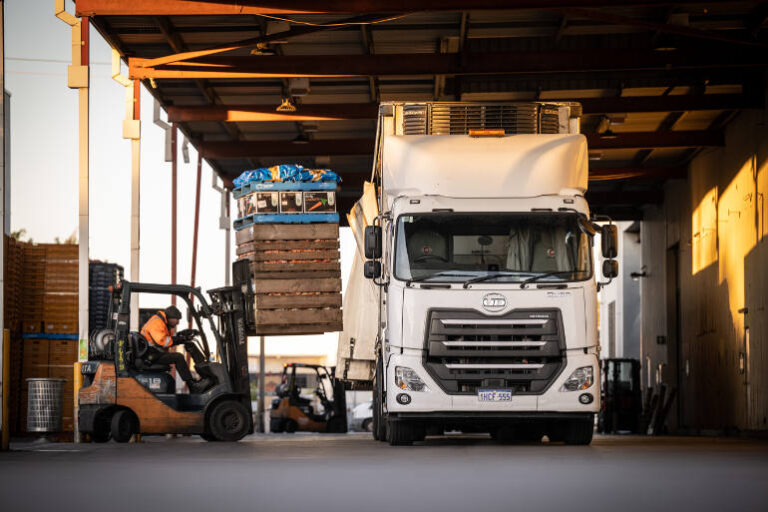The Chain of Responsibility (CoR) is a critical component of road safety in Australia, ensuring that all parties involved in the transport chain share the responsibility for preventing breaches of road laws. However, the application of CoR varies between Western Australia (WA) and the states covered by the Heavy Vehicle National Law (HVNL).
In most Australian states and territories, the CoR is governed by the HVNL, which provides a uniform framework for managing risks associated with heavy vehicle operations. The HVNL applies in Queensland, New South Wales, Victoria, Tasmania, South Australia, and the Australian Capital Territory. Under this law, any party in the transport supply chain, including consignors, loaders, and drivers, can be held accountable if their actions, inactions, or decisions contribute to a breach of road safety regulations. The HVNL requires parties to take reasonable steps to ensure compliance and avoid coercing or encouraging others to breach the law.
In contrast, Western Australia has its own legislative framework governing the CoR, outlined in the Road Traffic (Vehicles) Act 2012. Although the underlying principles are similar—emphasising shared responsibility and road safety—the specifics of the law and its enforcement differ from the HVNL. WA’s CoR laws are tailored to the state’s unique transport and logistical challenges, allowing for some variations in how responsibilities are assigned and managed.
Despite these differences, the core objective remains the same across all jurisdictions: to promote road safety by ensuring that all parties in the transport chain actively work to prevent breaches of road laws. Businesses operating in both WA and HVNL states must be aware of the different legal requirements and ensure compliance with the respective regulations.
CoR in Western Australia vs. HVNL States
| Requirement | Western Australia (Road Traffic (Vehicles) Act 2012) | HVNL States (Heavy Vehicle National Law) |
|---|---|---|
| Legal Framework | Governed by the Road Traffic (Vehicles) Act 2012 | Governed by the Heavy Vehicle National Law (HVNL) |
| Jurisdictions Covered | Applies only within Western Australia | Applies in QLD, NSW, VIC, TAS, SA, ACT |
| Obligation to Take Reasonable Steps | Yes, to manage risk and ensure road safety | Yes, to manage risk and ensure road safety |
| Responsibility Across the Supply Chain | All parties in the supply chain share responsibility | All parties in the supply chain share responsibility |
| Penalties for Breaches | WA-specific penalties under the Road Traffic (Vehicles) Act 2012 | Standardised penalties under HVNL, including potential civil and criminal sanctions |
| Enforcement Authority | Main Roads Western Australia | National Heavy Vehicle Regulator (NHVR) |
| Specific Risk Management Requirements | Tailored to WA, with emphasis on practical measures suitable for local conditions | Standard across HVNL states, with uniform guidelines |
| Coercion or Induction of Breaches | Prohibited under WA law | Prohibited under HVNL |
| Fatigue Management Requirements | WA has its own fatigue management standards, aligned with local needs | Standardised under HVNL, with options for Basic Fatigue Management (BFM) and Advanced Fatigue Management (AFM) |
| Record-Keeping Obligations | Required, but practices are aligned with WA-specific regulations | Required, with uniform standards across HVNL states |
| Load Restraint and Compliance | Governed by WA-specific guidelines | Governed by the National Load Restraint Guide under HVNL |
| Auditing and Compliance Programs | WA has its own auditing and compliance programs tailored to its legislative framework | Nationally uniform programs under the HVNL |
Key differences:
- Legislative Variances: WA’s legislation is distinct from the HVNL, focusing on localised conditions and operational needs.
- Enforcement and Penalties: The enforcement authority and penalties differ, with WA managing through Main Roads WA and HVNL states through the NHVR.
- Operational Focus: WA’s regulations and guidelines are tailored to the state’s unique transport environment, whereas HVNL states adhere to a national standard.






